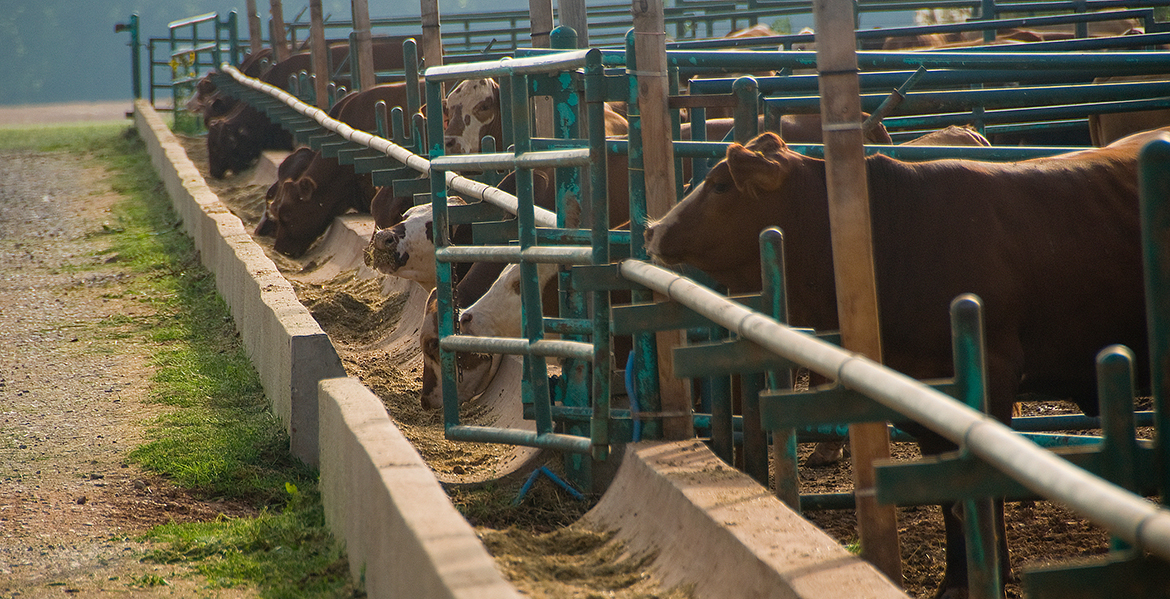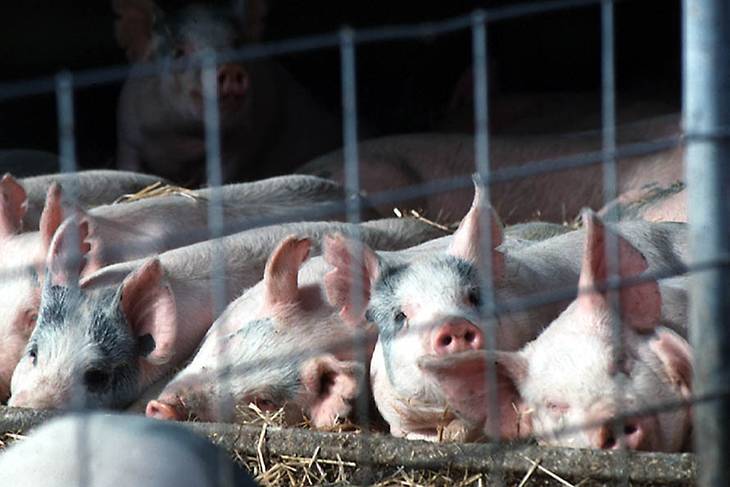
Oklahoma State livestock researchers awarded two $200,000 national grants
Friday, January 15, 2021
Researchers with Oklahoma State University’s Division of Agricultural Sciences and Natural Resources have been awarded two National Institute of Food and Agriculture grants aimed at improving the sustainability of livestock producers.
A $200,000 NIFA grant will enable Oklahoma State scientists to study the role of glucose metabolism in the regulation of feed intake and nutrient-use efficiency of beef cattle.
“This research aims to determine what makes some cattle more efficient in turning feed into beef than other cattle,” said lead investigator Andrew Foote, an assistant professor of ruminant nutritional physiology in the OSU Department of Animal and Food Sciences.
The greatest cost in beef production is feed. However, beef cattle producers are unable to select animals for optimal feed intake, unlike many other traits. The amount of feed that cattle consume when given unlimited access is not consistent, making it difficult to predict feed consumption accurately.
“We think the way cattle use glucose for muscle growth is one of the critical reasons that some cattle are more efficient at utilizing feed,” Foote said. “The ability to genetically select for optimal feed intake will improve the economics of beef operations by reducing the cost of production. Optimizing feed intake also will minimize the environmental impact of beef production by reducing the excretion of nutrients that are not used by the cattle.”

In addition to Foote, primary Oklahoma State researchers on the project include Darren Hagen, assistant professor of animal genomics, and Steve Hartson, research associate professor in the OSU Department of Biochemistry and Molecular Biology.
A second $200,000 NIFA grant will be used to study growth performance, nutrient utilization and gut microbials in pigs fed low-protein diets supplemented with the amino acids isoleucine and valine.
Increased feed costs – together with environmental factors associated with swine production – underscore the importance in developing cost-effective solutions to improve feed efficiency and decrease excretion of nutrients, said lead investigator Adel Pezeshki, an assistant professor and researcher in the OSU Department of Animal and Food Sciences.
Understanding the mechanisms by which isoleucine and valine promote the performance of animals may lead to more effective strategies to enhance productivity, which could have major implications for swine operation profitability.
Animal scientist Darren Hagen is working on Pezeshki’s study as well as Foote’s research project.
OSU Ag Research accounts for about a third of all research conducted at Oklahoma State and about 85% of research royalties that flow back into the university.
Both OSU grants are part of NIFA’s Agriculture and Food Research Initiative. NIFA was created through the Food, Conservation and Energy Act of 2008. It is part of the U.S. Department of Agriculture.
MEDIA CONTACT: Donald Stotts | Agricultural Communications Services | 405-744-4079 | donald.stotts@okstate.edu
